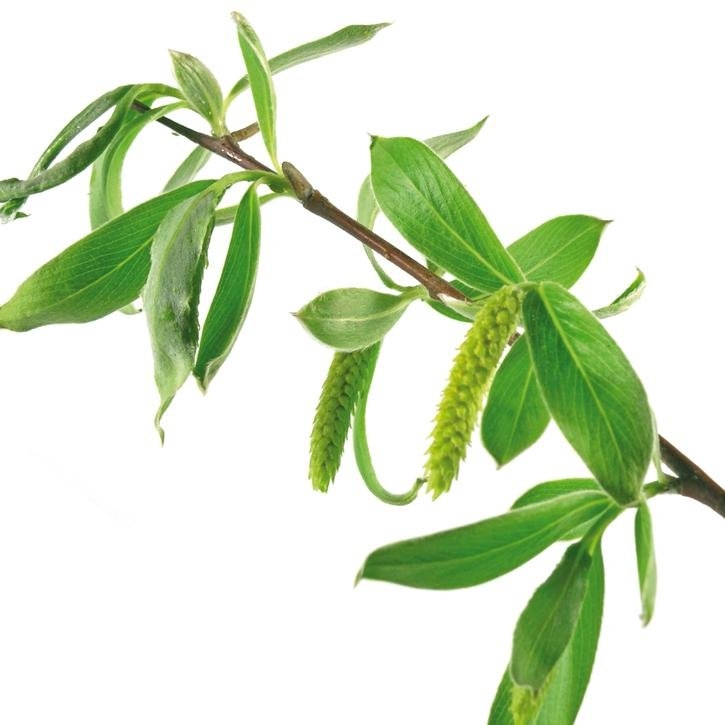It’s a dioecious tree (divided in male and female individual flowers) with caducous leaves that grows as tall as
It is original from Europe, except from the northern end, western Asia and barely some parts of
Bark
Catkins
- Real Farmacopea Española, Suplemento 1999.
- Real Farmacopea Española, Suplemento 2001.
- Pharmacopée Française IX Édition.
- Plantas Medicinales. Thérapeutique-Toxicité. Christiane Vigneau. Masson, Paris 1985.
- Herbal Drugs and Phytopharmaceuticals. Norman Grainger Bisset (Ed). Max Wichtl. CRC Press.1994.
- Plantas Medicinales y Drogas Vegetales para infusión y tisana. Edición española a cargo de: Salvador Cañogueral, Roser Vila, Max Wichtl.1998.
- Matière Médicale. RR Paris- H. Moyse. Masson 1981.
- The Complete German Commission E Monographs. Therapeutic Guide To Herbal Medicines. Mark Blumenthal. American Botanical Council 1998.
- Fitoterapia Aplicada. J.B. Peris, G. Stübing, B.Vanaclocha. Colegio Oficial de Farmacéuticos de Valencia 1995.
- Fitoterapia: Vademecum de Prescripción. Plantas Medicinales. Colaboran: Asociación española de médicos naturistas. Colegio Oficial de Farmacéuticos de Vizcaya.
- Plantas Medicinales. El Dioscórides Renovado. Pio Font Quer.
- Guía de Campo de las Flores de Europa. Oleg Polunin. Ediciones Omega S.A. Barcelona, 1977.
- Pharmacognosy 9th edition. Varro E. Tyler – Lynn R. Brady – James E. Robbers.
- Farmacognosia. G.E. Trease y W. C.Evans. CECSA.
- Plantas Medicinales. Margarita Fernandez y Ana Nieto. Ed Universidad de Navarra. EUNSA 1982.
- 100 Plantes Medicinales. Max Rombi. Romart 1998.
- Pharmacognosy, Phytochemistry, Medicinal Plants. Jean Bruneton. Lavoisier Publishing.
- Enciclopedia de las Hierbas Medicinales. Tina Cecchini. Ed. de Vecchi S.A. 1995.
- Bézanger-Beauquesne, L; Pinkas, M; Torck, M. Les Plantes dans la Therapeutique Moderne. 2ª. Paris: Maloine, 1986, pp. 380-1.
- Bézanger-Beauquesne, L; Pinkas, M; Torck, M; Trotin, F. Plantes Médicinales des Regions Tempérées. Paris: Maloine, 1980, p. 67.
- Blumenthal M, Busse WR, Goldberg A, et al. (eds). The Complete Commission E Monographs: Therapeutic Guide to Herbal Medicines. Boston, MA: Integrative Medicine Communications, 1998, 230.
- Weiss RF. Herbal Medicine. Gothenburg, Sweden: Ab Arcanum, 1988, 31, 303.
- Foster S. 101 Medicinal Herbs. Loveland, CO: Interweave Press, 1998, 210–1.
- Bradley PR (ed). British Herbal Compendium, vol 1. Bournemouth, Dorset, UK: British Herbal Medicine Association, 1992, 224–6.
